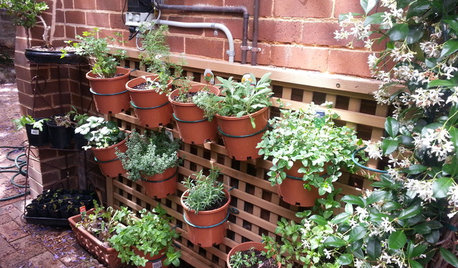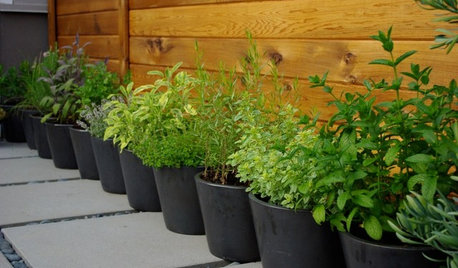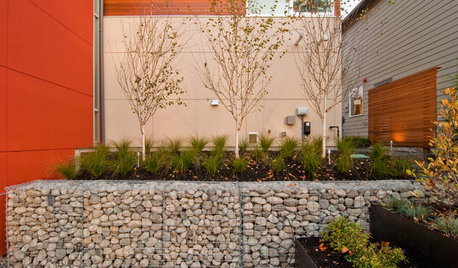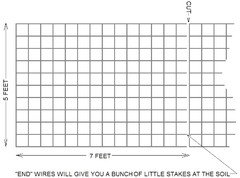Cheap tomato cages or stakes? Best place to buy them
SpicySeeds
11 years ago
Featured Answer
Sort by:Oldest
Comments (29)
digdirt2
11 years agolucillle
11 years agoRelated Professionals
Allentown Landscape Architects & Landscape Designers · Milford Landscape Contractors · Brooklyn Park Landscape Contractors · Norristown Landscape Contractors · Pleasant Prairie Landscape Contractors · Red Oak Landscape Contractors · Wheat Ridge Landscape Contractors · Hainesport General Contractors · Chatsworth General Contractors · Jacksonville General Contractors · Mobile General Contractors · North Lauderdale General Contractors · Rolling Hills Estates General Contractors · Lewisville Decks, Patios & Outdoor Enclosures · Pecan Grove Decks, Patios & Outdoor Enclosures2ajsmama
11 years agodonna_in_sask
11 years agoriceke
11 years agolucillle
11 years agoedweather USDA 9a, HZ 9, Sunset 28
11 years ago2ajsmama
11 years agomissingtheobvious
11 years agoedweather USDA 9a, HZ 9, Sunset 28
11 years ago2ajsmama
11 years agomissingtheobvious
11 years agoedweather USDA 9a, HZ 9, Sunset 28
11 years ago2ajsmama
11 years agomissingtheobvious
11 years agoloomis
10 years agoloomis
10 years agosleevendog (5a NY 6aNYC NL CA)
10 years agoseysonn
10 years agoinfo68605
8 years agoOhiofem 6a/5b Southwest Ohio
8 years agoinfo68605
8 years agoSeysonn_ 8a-NC/HZ-7
8 years agoJ Wytt_7a/WA
8 years agogrubby_AZ Tucson Z9
8 years agolast modified: 8 years agobetty_chopoff
6 years agoBridget Mullins
6 years ago
Related Stories

EDIBLE GARDENSSummer Crops: How to Grow Tomatoes
Plant tomato seedlings in spring for one of the best tastes of summer, fresh from your backyard
Full Story
LIFEEasy Green: Modern Homesteaders Stake a Claim
With more options for raising chickens, growing edibles and keeping bees than ever, suburban and city folk are rediscovering a lost art
Full Story
HOUSEKEEPINGWhat's That Sound? 9 Home Noises and How to Fix Them
Bumps and thumps might be driving you crazy, but they also might mean big trouble. We give you the lowdown and which pro to call for help
Full Story
GARDENING GUIDESMake Sure You Read This Before Buying New Plants
Follow these 10 plant-selection tips to avoid buyer’s remorse
Full Story
KITCHEN DESIGNA Cook’s 6 Tips for Buying Kitchen Appliances
An avid home chef answers tricky questions about choosing the right oven, stovetop, vent hood and more
Full Story
FEEL-GOOD HOMESimple Pleasures: 10 Ideas for a Buy-Less Month
Save money without feeling pinched by taking advantage of free resources and your own ingenuity
Full Story
FARM YOUR YARD14 Crazy Places to Grow Edibles
Some Houzzers may lack ground for gardening, but they’re never short on imagination
Full Story
GARDENING GUIDES6 Ways to Grow Edibles in Small Places
No big backyard? Join in the grow-your-own fun with these small-space ideas for planting vegetables, fruits and herbs
Full Story
GARDENING GUIDESCommon Myths That May Be Hurting Your Garden
Discover the truth about fertilizer, soil, staking and more to keep your plants healthy and happy
Full Story
LANDSCAPE DESIGNGarden Walls: Gabion Evolves From Functional to Fabulous
The permeable rock-, concrete- or glass-filled steel cages are showing up as retaining walls, planters, benches and more
Full StorySponsored
More Discussions







edweather USDA 9a, HZ 9, Sunset 28